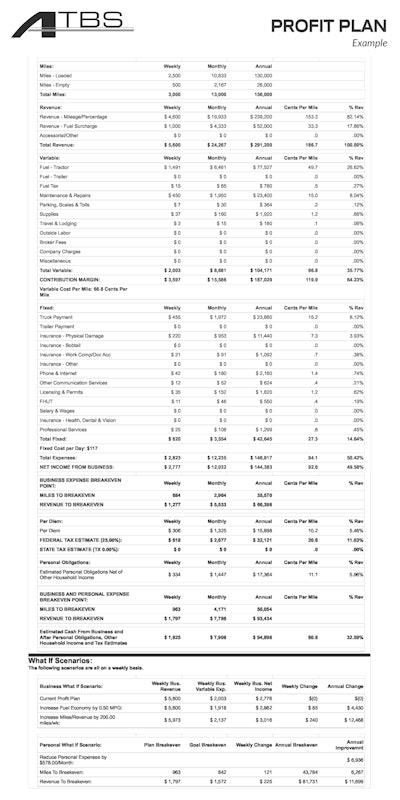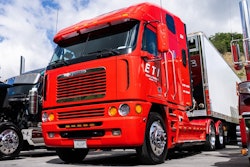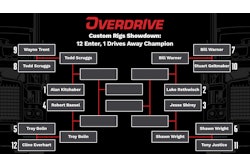A business plan, also known as a profit plan, is among the most effective business tools you’ll use as an owner-operator to help lay the groundwork for success. Think of it as a road map that allows you to track income and expenses over time, with the goal of reaching your desired financial rewards.
A business plan helps you make ends meet. It shows you exactly how much money is needed to cover expenses, where it will be spent and how much you can afford to pay yourself.
Your business plan should show all sources of revenue and costs while taking into account industry averages, personal expenses and cash flow. Updated regularly to account for chanigng conditions, it can also should provide a complete financial picture in weekly, monthly and annual detail.
It also allows you to know when you have reached your break-even point -- after which every extra mile driven puts more money in your pocket.
Getting started
Start the planning process before you start your business. The process will allow you to set targets, and these can be compared later with your actual financial performance to see where adjustments are needed to maximize profits.
In its simplest form, the business or profit plan should identify your revenue -- or gross income -- and your expenses. All personal household expenses should be included. While your books may reflect a profitable business operation, you may fall short of your personal needs and desires if household expenses are left out.

It's important to bring a healthy dose of realism to the process as you work through it. Gather as many of your collected invoices or settlement statements, bills and receipts as possible. Accumulate three to four months of expenses to reflect your spending habits properly. Don’t forget to budget for savings, estimated taxes, unexpected situations and lean times.
If you lack past data for developing a plan, be conservative in estimating your income, and slightly overestimate your expected expenses so you don’t start out with a flawed plan. If there is money left over, place it into savings for emergencies -- you'll need that savings, it's certain, for unexpected maintenance and plenty other unforeseen expenses.
If you need help, a business services provider such as ATBS, Overdrive's content partner in this Partners in Business start to finish playbook for owner-operators, can estimate costs you may not be sure of -- note the level of detail in the example plan that follows.
 Under this plan, the high-performing owner-operator runs 130,000 loaded miles, earning $144,383 on $291,200 in revenue.ATBS
Under this plan, the high-performing owner-operator runs 130,000 loaded miles, earning $144,383 on $291,200 in revenue.ATBS
Ways to keep it simple: Back to basics with business planning
A business plan can be as detailed (see above) or as simple as you want it to be. At its core, it’s simply a document that sets out a business’s objectives and strategies for achieving them.
Plans are what they are -- as time and circumstances dictate, you’ll adjust and repeat the process. If you’re successful but never had a written plan, you’re probably already doing these things in your mind. But by writing goals down, you’ll help your business’s progress by facing the reality of the outcomes to avoid repeating missteps.
Include three essential elements in the most elemental of business plans: goals (what you’re trying to do), actions (what you did or are going to do to reach the goal), and results (what happened, and your evaluation of the outcome). Using short statements or bullet points may be most effective in making your business plan useful as the business climate changes.
You might think of items in a business plan as an accountability tool. What everyday pressures influence the decisions owners must make, whether related to purchases, savings and perhaps most importantly load planning? That’s just to mention a few areas.
Are your business actions happening according to your plan, or are they more of a habit, like a quick prioritizing reaction to the biggest bill that needs to be paid? Don’t let what other truck owners are doing distract you from your plans and goals. Identify your goal, what action you are going to take, and what the results are when you do. Then evaluate what you’ve done.
The following video playlist, excerpted from two Partners in Business roundtable discussions conducted in 2023 and 2024 at the Mid-America Trucking Show and part of Red Eye Radio’s “Extra Mile” podcast, touches on a variety of business planning and management aspects that may be helpful when setting goals. The discussions feature Red Eye Radio host Eric Harley, owner-op business coach and Overdrive contributor Gary Buchs, ATBS Vice President Mike Hosted, and Overdrive Editor Todd Dills.
Read next: Trucking business services providers: What they do, and how to pick one













